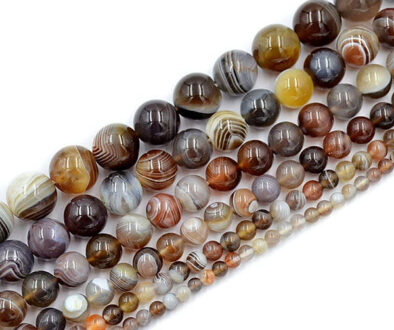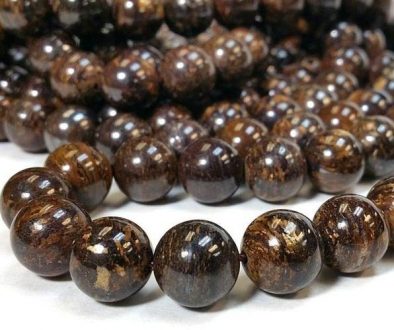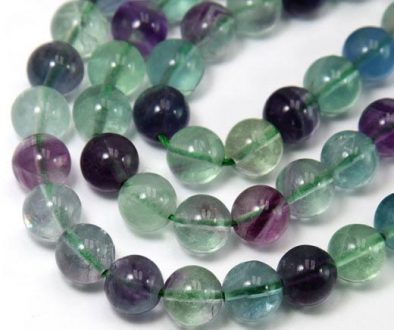Kunzite
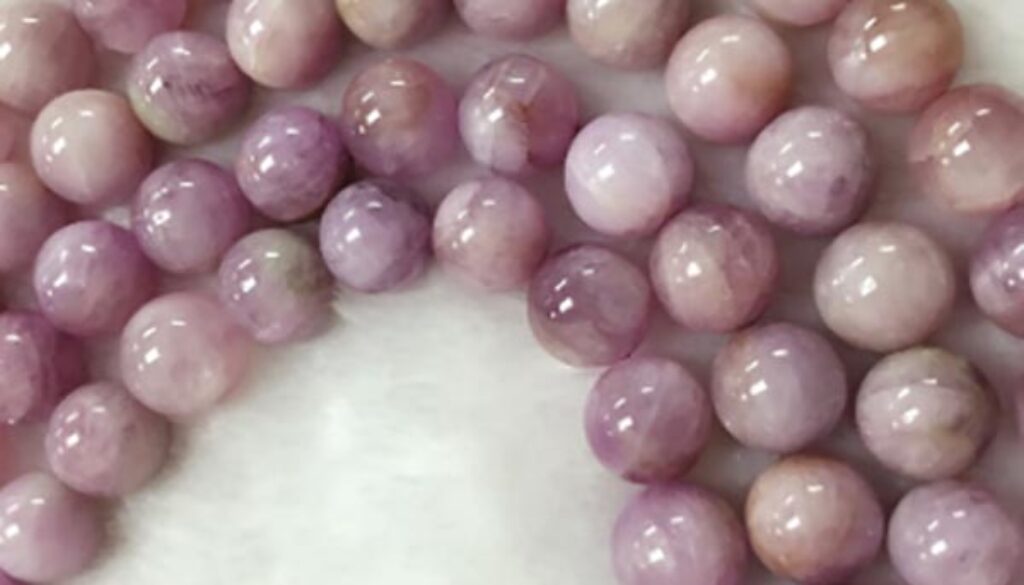
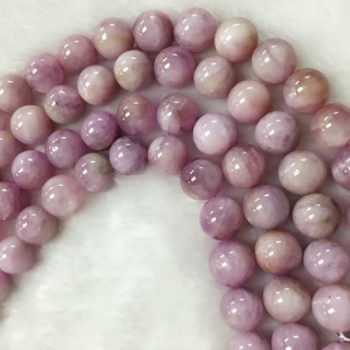 Kunzite is a beautiful crystal, pure in energy and joyful in nature. Named for the mineralogist and jeweler George Frederick Kunz who first cataloged it in 1902, Kunzite is the pink to violet variety of the silicate, Spodumene. It has a glassy transparency, and forms in flattened prismatic crystals with vertical striations. It is highly pleochroic, shifting from pale pink to light violet and even colorless, depending on the angle of observation, and though its perfect cleavage makes cutting difficult, it can be faceted into beautiful gems.
Kunzite is a beautiful crystal, pure in energy and joyful in nature. Named for the mineralogist and jeweler George Frederick Kunz who first cataloged it in 1902, Kunzite is the pink to violet variety of the silicate, Spodumene. It has a glassy transparency, and forms in flattened prismatic crystals with vertical striations. It is highly pleochroic, shifting from pale pink to light violet and even colorless, depending on the angle of observation, and though its perfect cleavage makes cutting difficult, it can be faceted into beautiful gems.
Kunzite forms naturally as colorless, pink, lilac, yellow and green crystals. The yellow-green to emerald variety is known as Hiddenite, or Green Kunzite. The colorless to light yellow variety is known as Triphane, or Spodumene. Genuine Kunzite is quite pale in color, with natural darker shades being higher in value. There are some heat-enhanced varieties on the market. All Kunzite is prone to fading in direct sunlight.
Kunzite may be beneficial in treating hormone-linked migraines, the reproductive system in women, puberty in girls, PMS, and menstrual problems. It may be used to treat skin rashes caused by allergies to chemicals, and in reducing the after-effects of anesthesia. [Eason, 57]
Kunzite strengthens the circulatory system and the heart muscle, and is helpful in treating neuralgia, calming epilepsy and soothing joint pain. [Eason, 57][Hall, 163][Gienger, 53]
Kunzite enhances the treatment of depression and psychiatric disorders, and assists the physical body in recovering from emotional stress. It may also be used in radionic analysis. [Hall, 164][Melody, 363]
